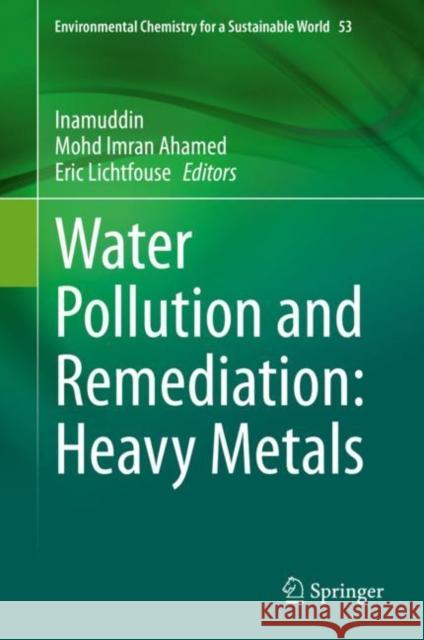Water Pollution and Remediation: Heavy Metals » książka
topmenu
Water Pollution and Remediation: Heavy Metals
ISBN-13: 9783030524203 / Angielski / Twarda / 2020 / 581 str.
Water Pollution and Remediation: Heavy Metals
ISBN-13: 9783030524203 / Angielski / Twarda / 2020 / 581 str.
cena 925,87
(netto: 881,78 VAT: 5%)
Najniższa cena z 30 dni: 886,75
(netto: 881,78 VAT: 5%)
Najniższa cena z 30 dni: 886,75
Termin realizacji zamówienia:
ok. 22 dni roboczych
Dostawa w 2026 r.
ok. 22 dni roboczych
Dostawa w 2026 r.
Darmowa dostawa!
Kategorie:
Kategorie BISAC:
Wydawca:
Springer
Seria wydawnicza:
Język:
Angielski
ISBN-13:
9783030524203
Rok wydania:
2020
Wydanie:
2021
Numer serii:
000466533
Ilość stron:
581
Oprawa:
Twarda
Wolumenów:
01











